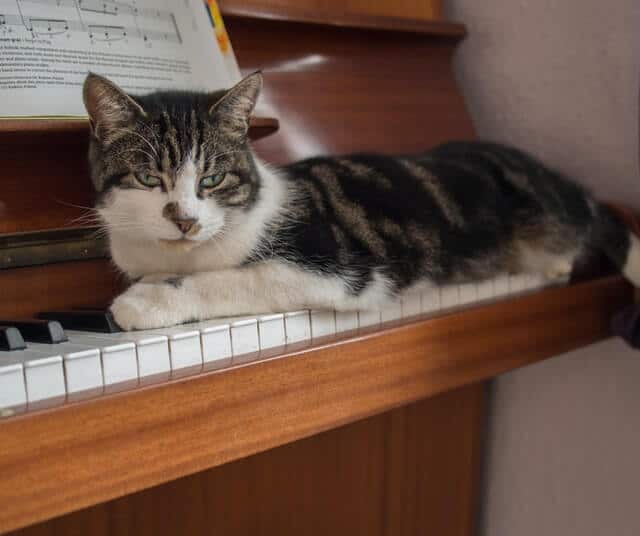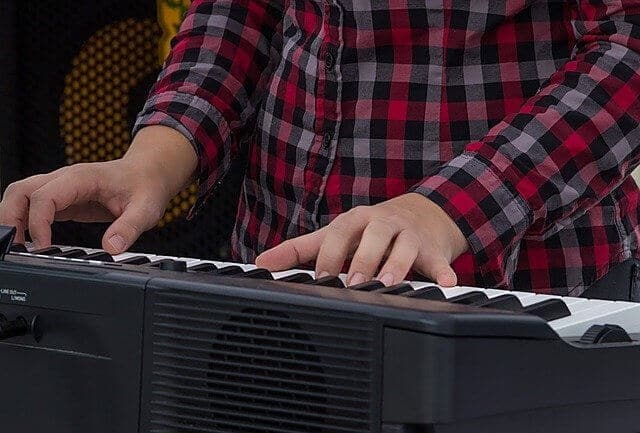*Keyboardkraze now has a nearly 24/7 chat service directly with me should you have any questions regarding keyboard/plugin choices! This is connected directly to me and it is not AI.
Looking to record your digital pianos/keyboards, but don’t know where to start? You’re not alone and this is exactly why I have put together this guide.
In this guide, we are going to go over 2 super easy ways to record your digital piano. You do not need to have any audio engineering experience or even any digital piano experience.
Depending on which method you choose to go with, we will also outline exactly what is required for those methods.
Things To Consider When Recording Your Digital Pianos
- Purpose: Are you recording just for yourself or are you looking to compose your own songs or possibly write for film syncs?
- Budget: Both options of recording your keyboards will be relatively budget-friendly, however, your budget can still come into play.
- Connectivity: All keyboards/digital pianos have different connectivity. This may affect your final choice/outcome.
- Gear: Depending on which method you choose, you may need additional gear to record, but fear not, we will let you know exactly what you need.
Before we get into the 2 methods below, let’s just quickly grab an understanding for both of them.
Recording MIDI VS Recording Audio

In this guide, you are going to see the terms MIDI and audio quite frequently. This is why we are going to give a brief introduction to what both of these formats mean.
The easiest way to explain the differences between MIDI and audio is that with MIDI you are simply recording data, whereas, with audio, you are recording actual piano sound.
This leads to some advantages for either way you would like to record. Since I’m an avid songwriter, I’ve always tended to go the MIDI route as I really enjoy being able to surf through different piano sounds.
Confused about what MIDI means?

MIDI stands for Music Instrument Digital Interface. The technology came out in the 1980s and it was shortly after used by bands such as Rush.
What this did was allow computers and electronic instruments to communicate with one another.
Below are the two methods for recording keyboards/digital pianos that I recommend.
1) Recording MIDI
Some keyboards have built-in MIDI recorders, in which you would already know from your manual. Should you have this, then you can always record directly into your digital piano.
I personally believe recording MIDI tracks is the easiest and most efficient method. This is because you can change the sound of the instrument once it’s recorded, making it extremely effective for songwriters.
To record MIDI with your digital piano, you will need the following:
- DAW
- Keyboard
- USB cable or a MIDI interface (depending on the age of keyboard)
Here are the steps to recording MIDI with your digital piano:
Step 1: Download a DAW – This can be a free DAW or a paid option. Should you go the paid route, I recommend Ableton Live, and if you’re on a strict budget, Reaper. My personal opinion is that Ableton is the easiest to use for beginners.
Step 2: Grab either a USB cable or MIDI cables and connect to your PC or MacBook. The easiest way is by just using a USB cable as you will likely have one in your house.

Step 3: Make sure that your keyboard is set to input device in your DAW.
Step 4:







